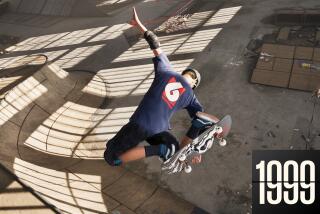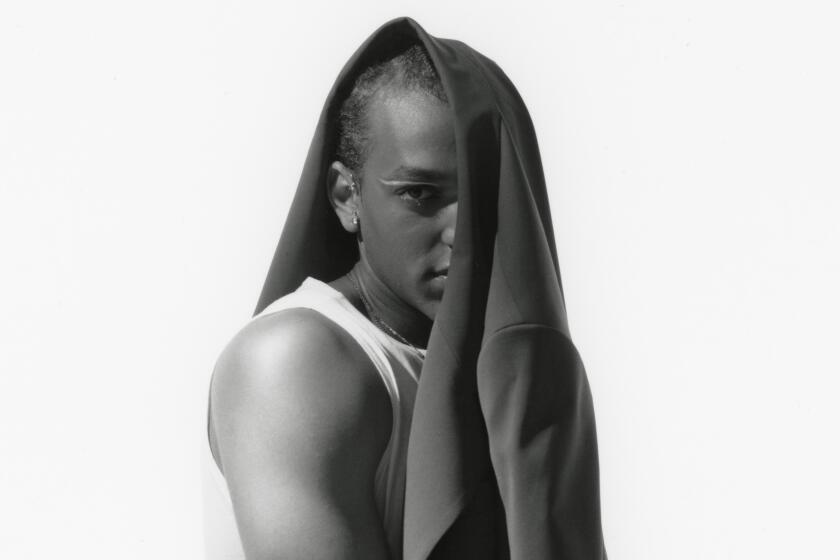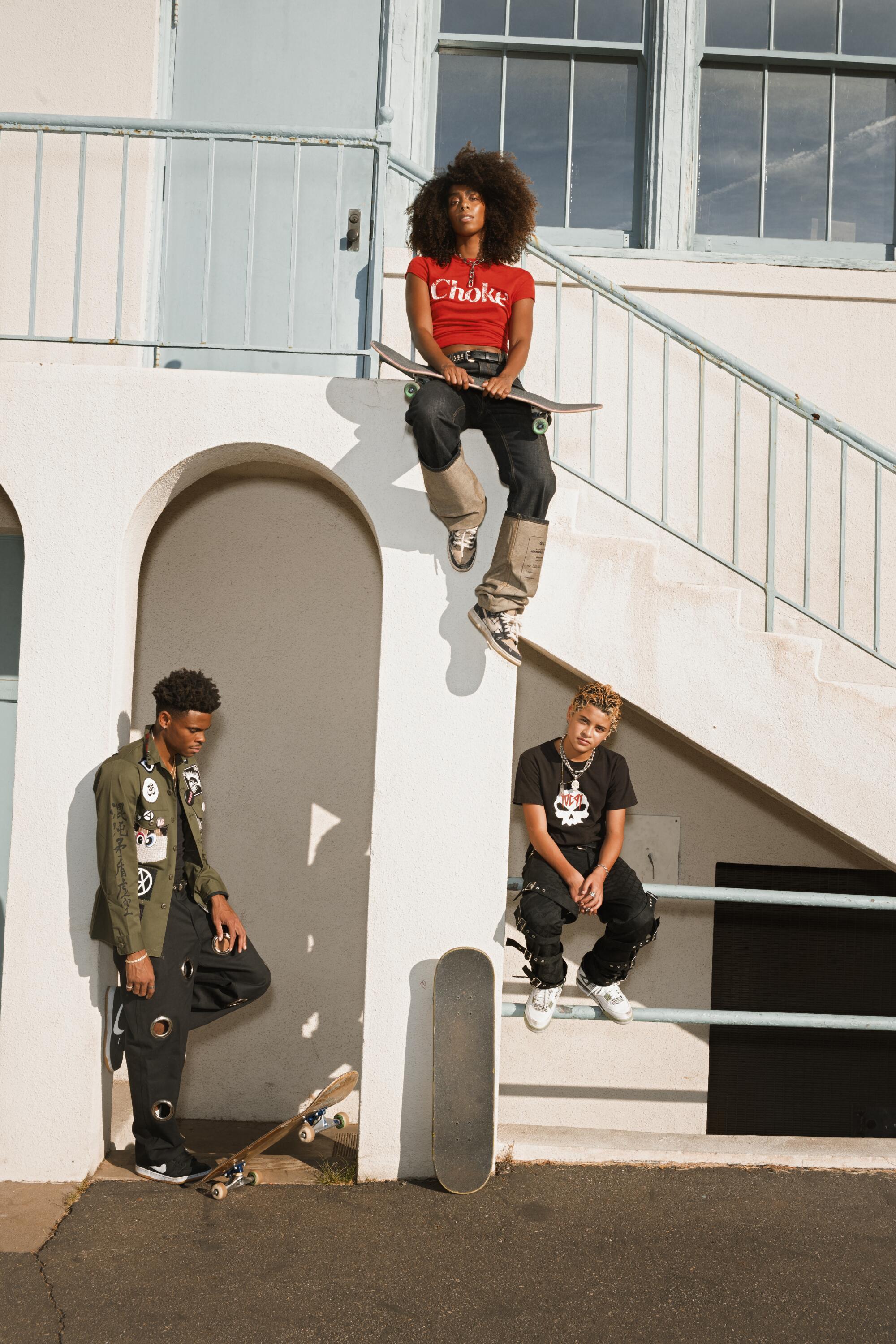
Peer through the fence and squint: The artists on wheels are at work, just doing the damn thing. “Creative” is an overused term, too flattened by overuse, too non-descriptive to label skaters’ movements. What they do is more like writing with their bodies and boards — part choreography, part poetry. On their two trucks and their decks they deliver what the imagination cooks up. What their mind’s eye sees. Skaters give shape to the divine.
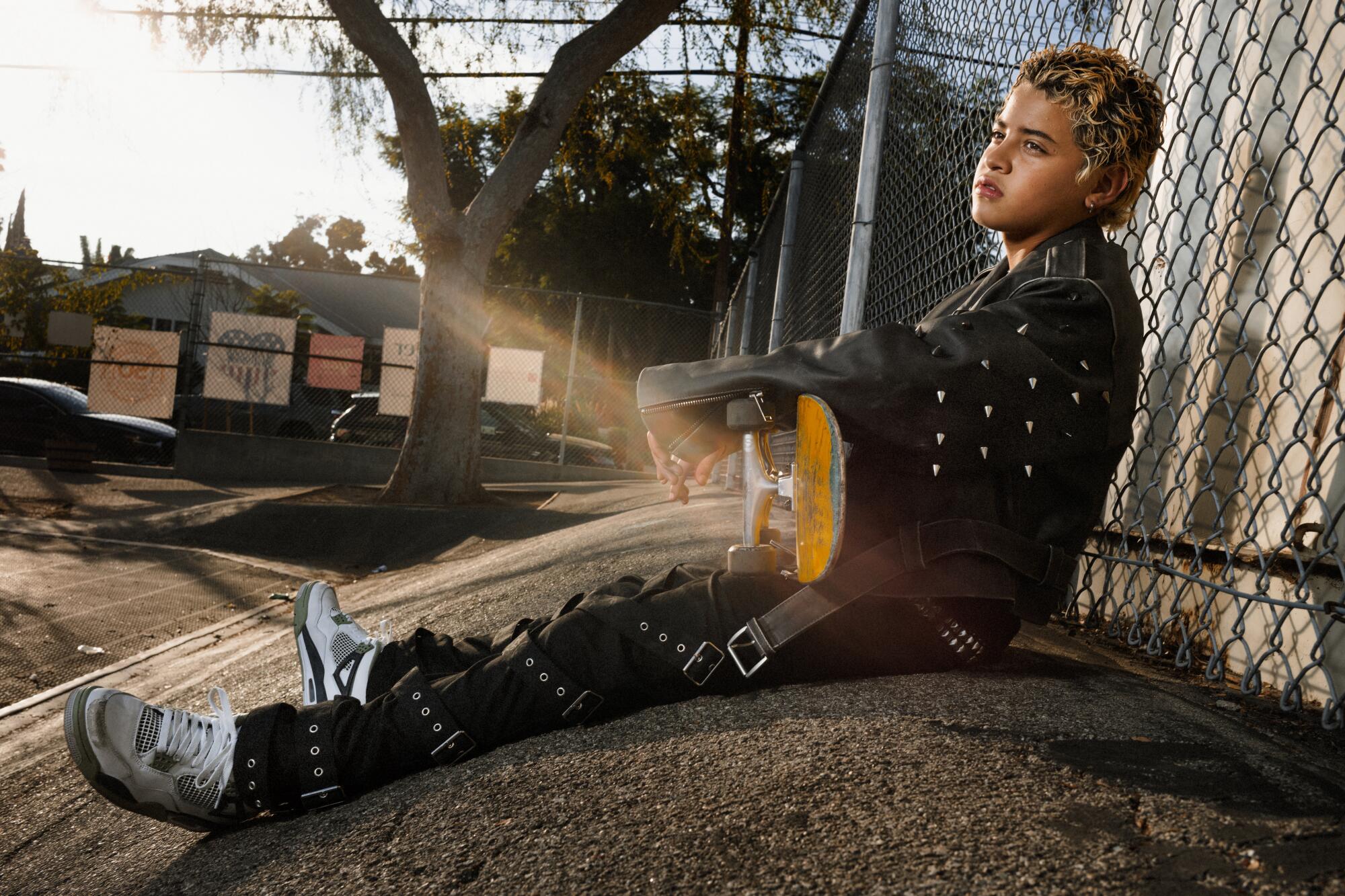
Translation might be another way of putting it. Skaters are interlocutors of the highest degree. They tell stories — and tell the stories of those who came before. The importance of being exact, of being tethered to a tradition while remaining fluid isn’t lost upon them. Survival is art. Being able to ride out is what keeps skaters going. It’s what makes them feel alive. There’s something daring about being able to capture the essence of what exists and, through technique and imagination, help us see it anew. Skaters study and then re-envision. They flip, kick, roll, leap, slide, push, balance, explode.
A dance.
Skaters dance.
On four wheels, they just …
Learn through dance.
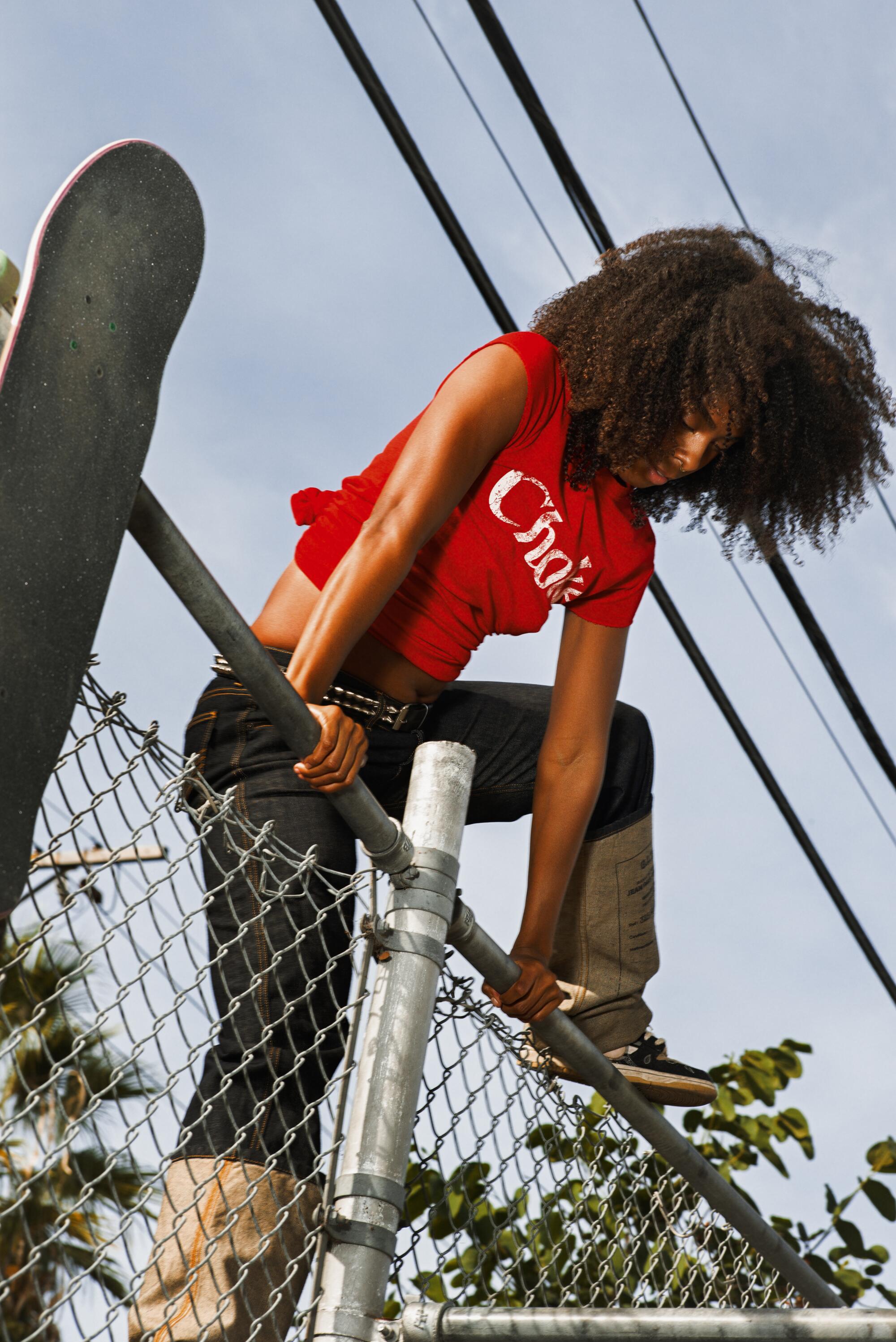
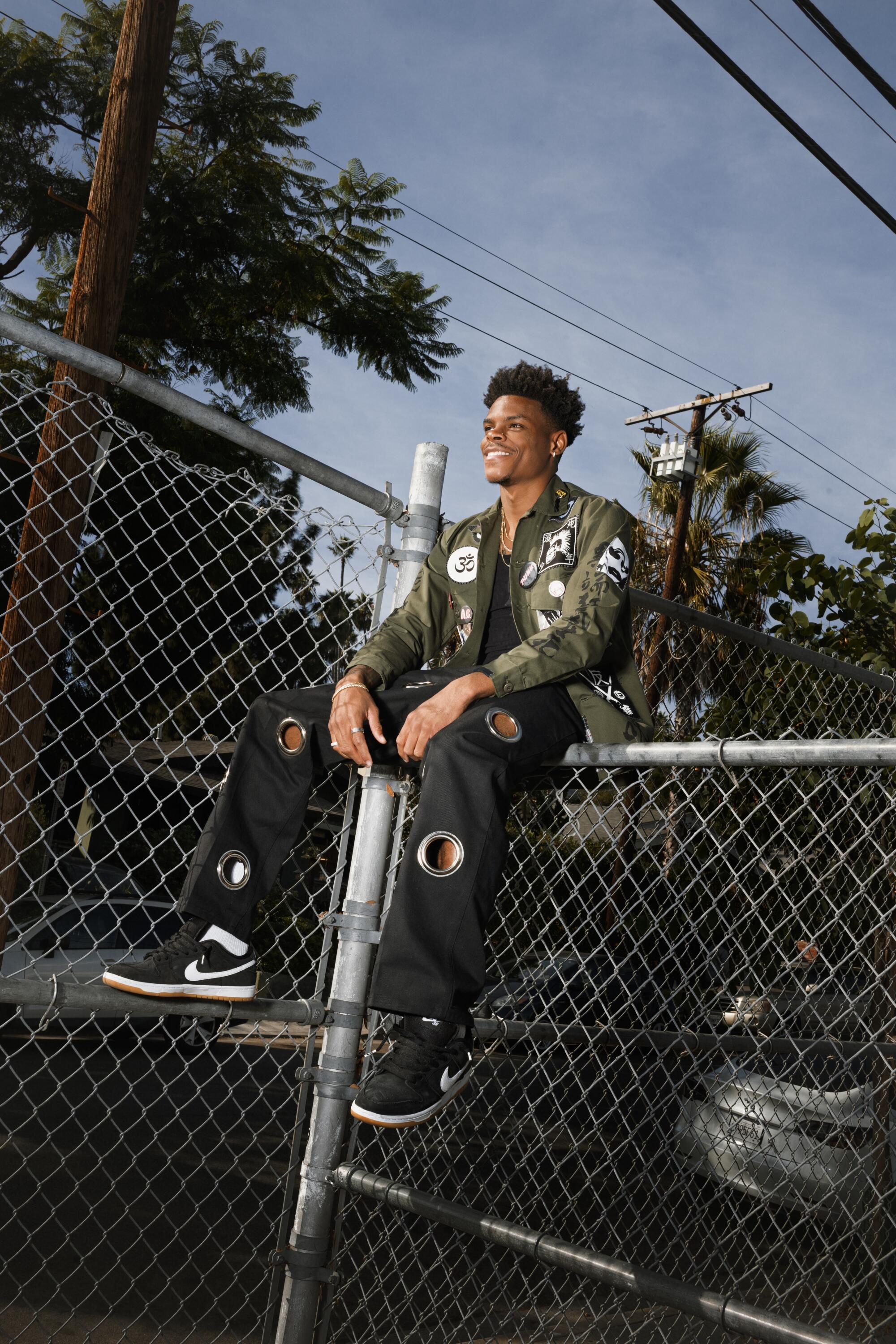
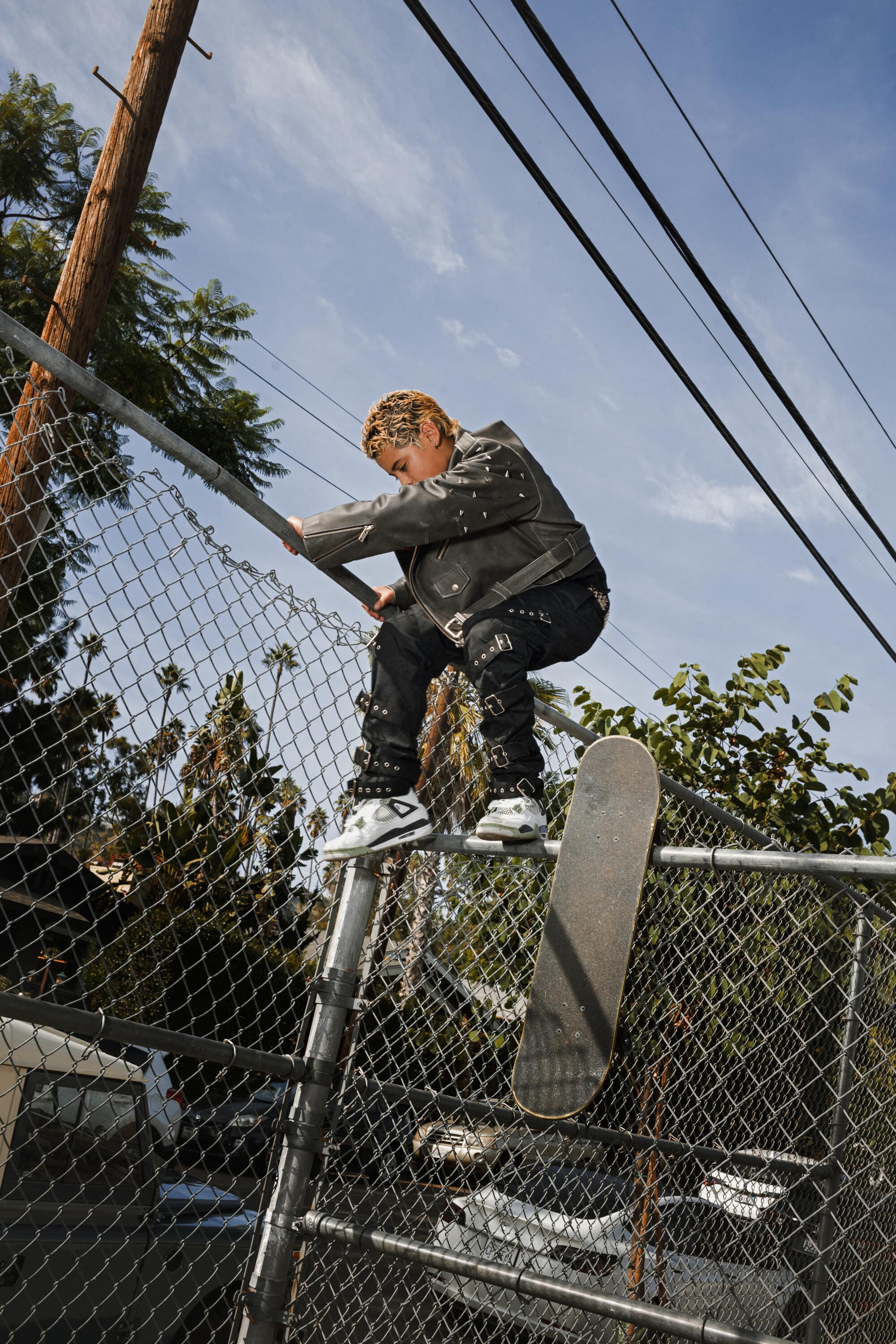
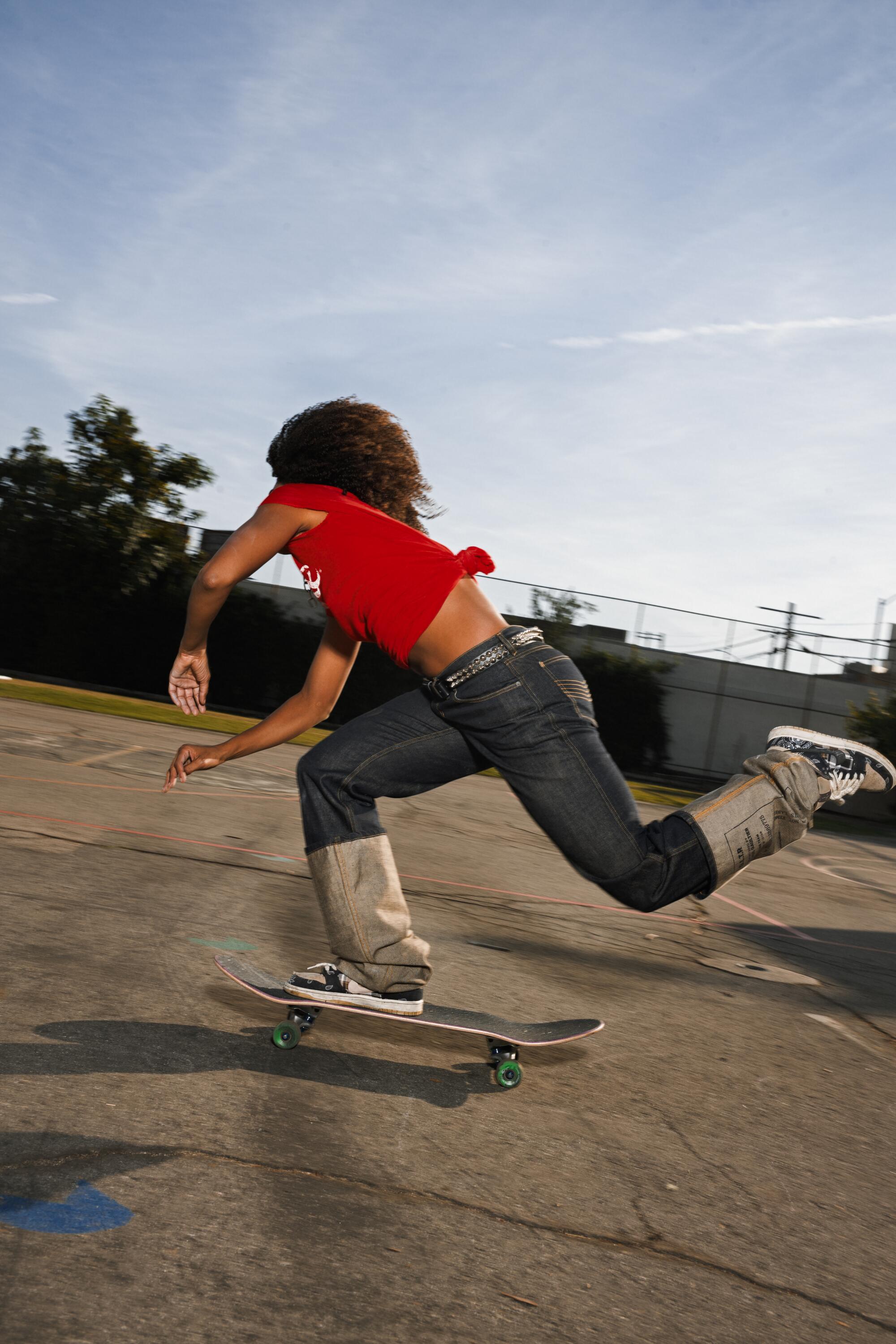
On the schoolyard skaters get their education. The playground is where play happens. A day spent at a school is a long studio session at the community center. The schoolyard is where skaters come together to make work and to support each other. It’s a physical testament to the communal ethos of L.A.’s art scene. It’s also a site of reclamation. A schoolyard, in the eyes of a skater, always looks open, despite the fence — or sometimes because of it. The skater looks at a schoolyard fence and thinks: It’s there for a reason. It’s safeguarding what’s ours to shred. The fence is the clear giveaway that what’s inside is valuable to the public. The skater sees a fence as the open door that it is.
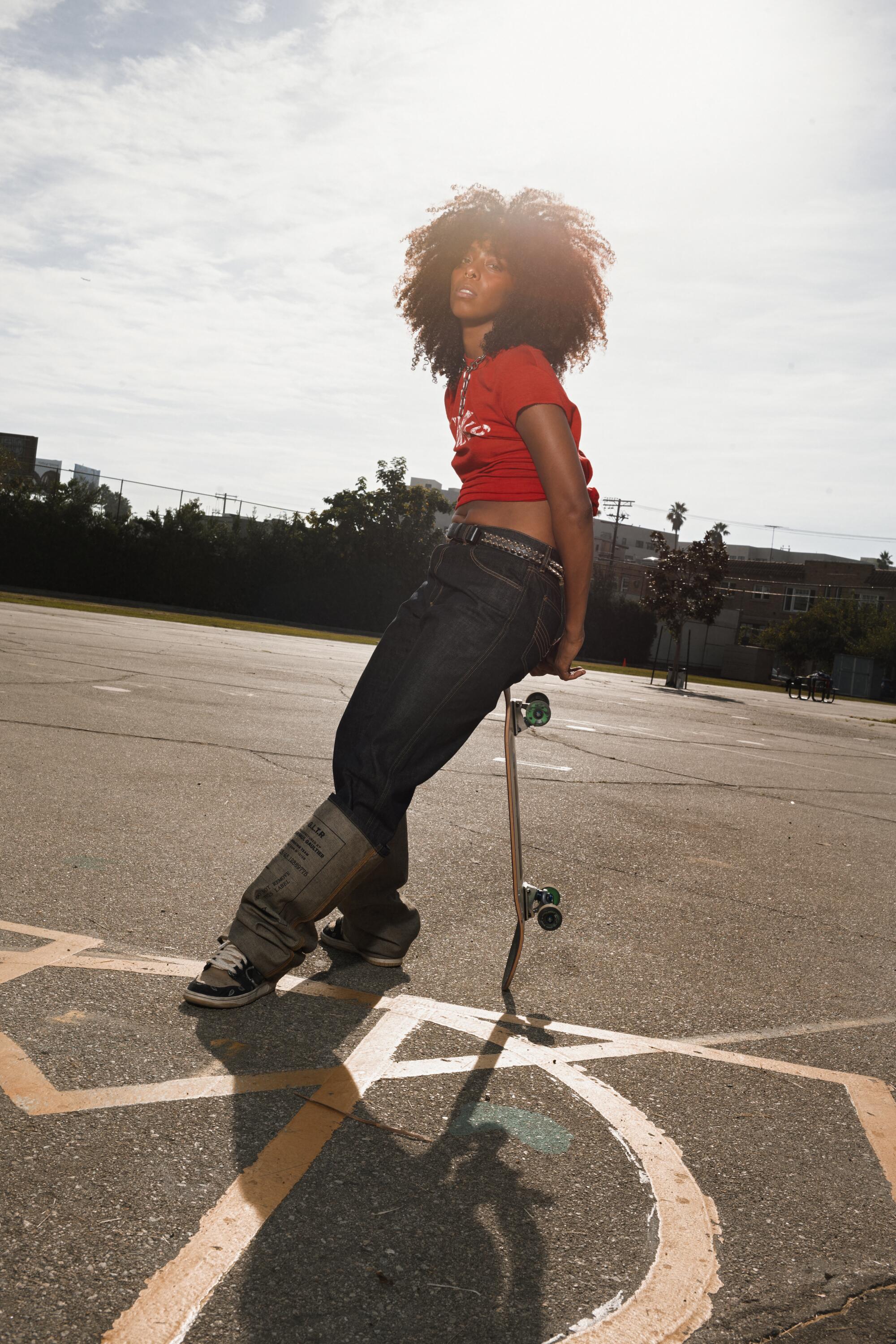
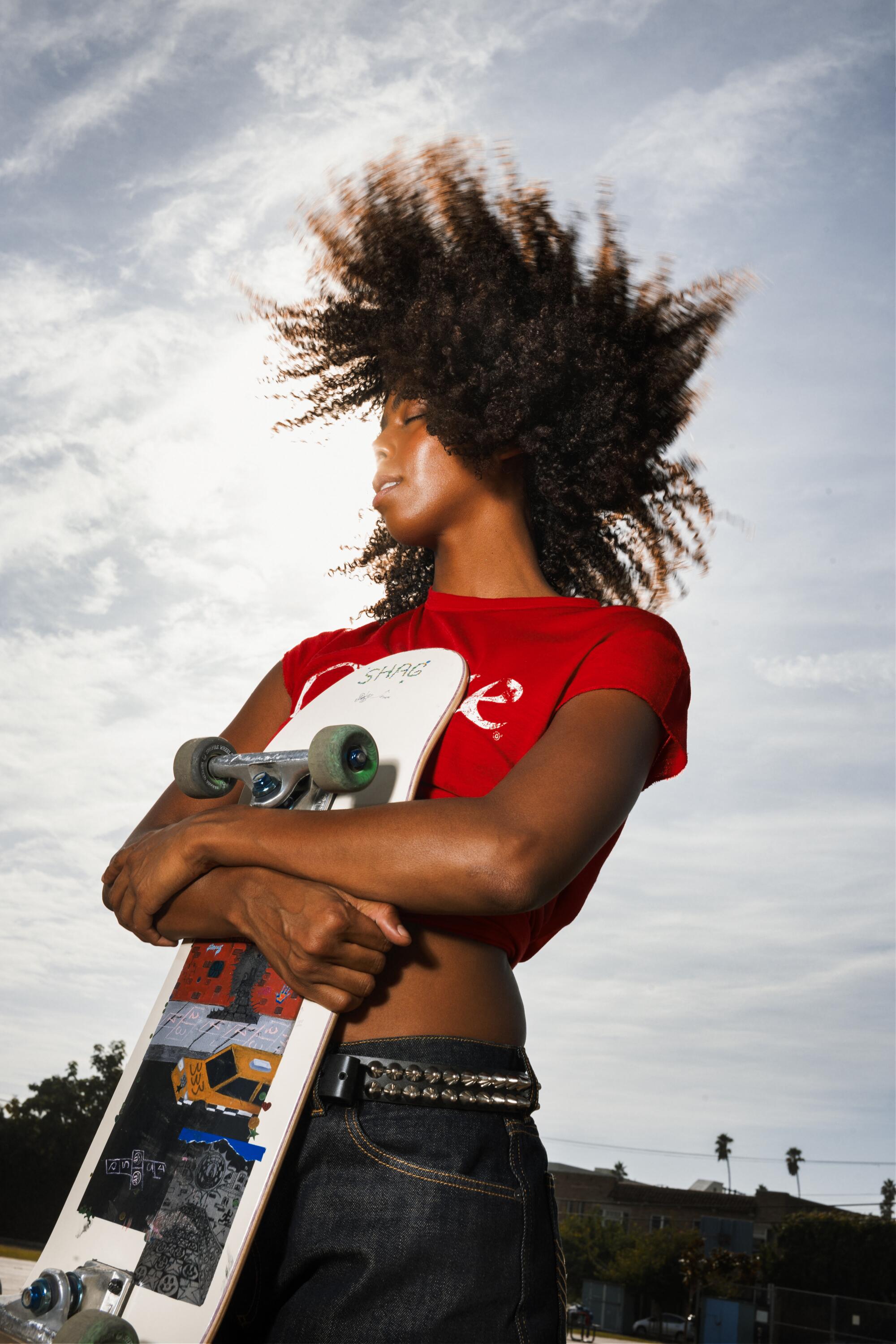
The irony of the fence is that, despite its best intentions, it wants you to know what’s on the other side. It’s a physical barrier that betrays the golden rule of mediation: to make you forget it’s there. Many forms of mediation want you to get used to the imposition and want you to believe they are actually helping you get where you want to go or make you surmise that there is nothing here to see. Not so with a fence. It’s a form that can’t help but make you feel like you are being kept away. It’s hiding, protecting, preventing. A fence is a confrontation. The polarization over its place in contemporary society and its proper use — to keep the unwanted out, to keep the wanted in — only highlights the fact that a fence is, at its core, a provocation. You wonder, Why is this here? A fence delegitimizes itself. Its existence makes you question its existence.
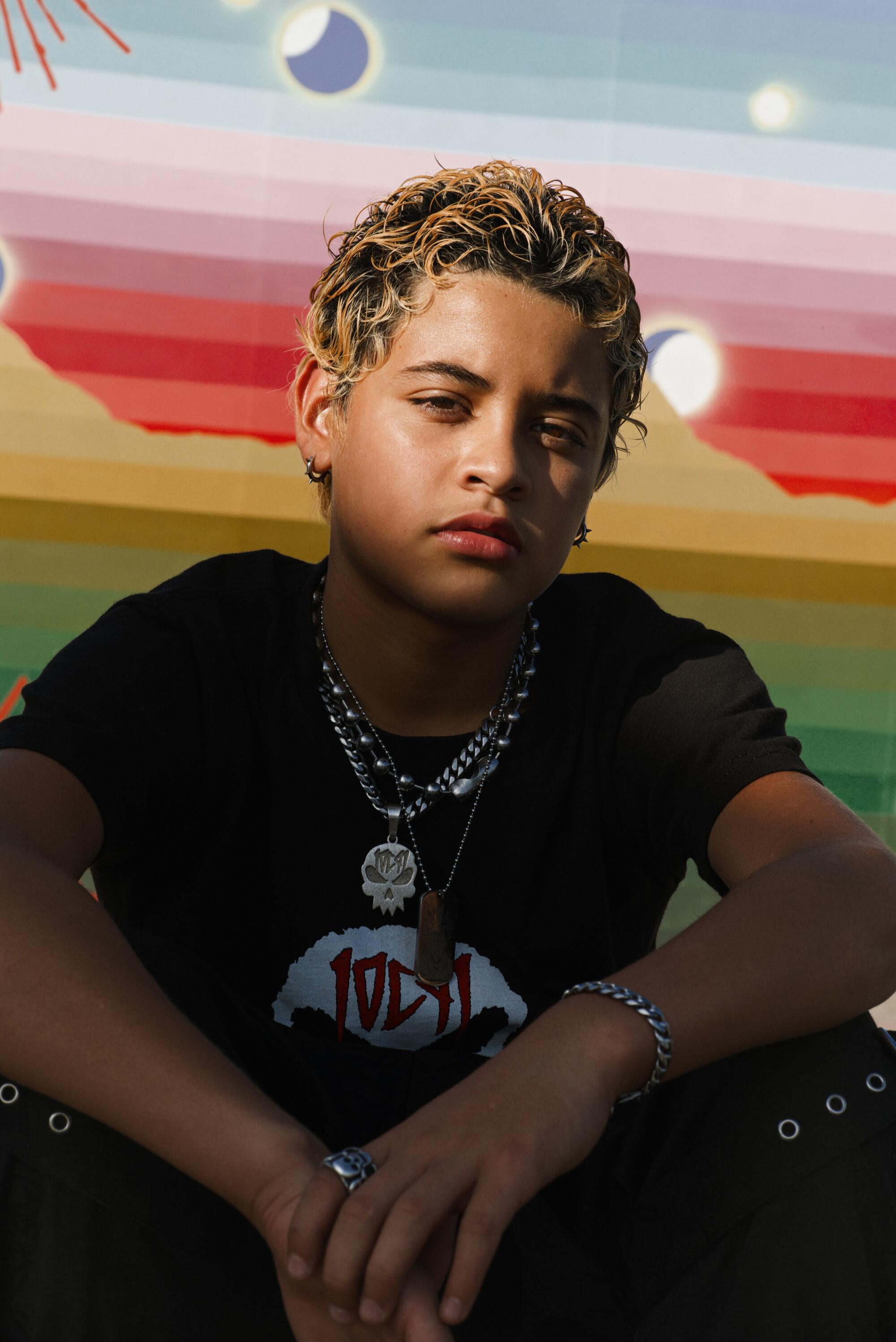
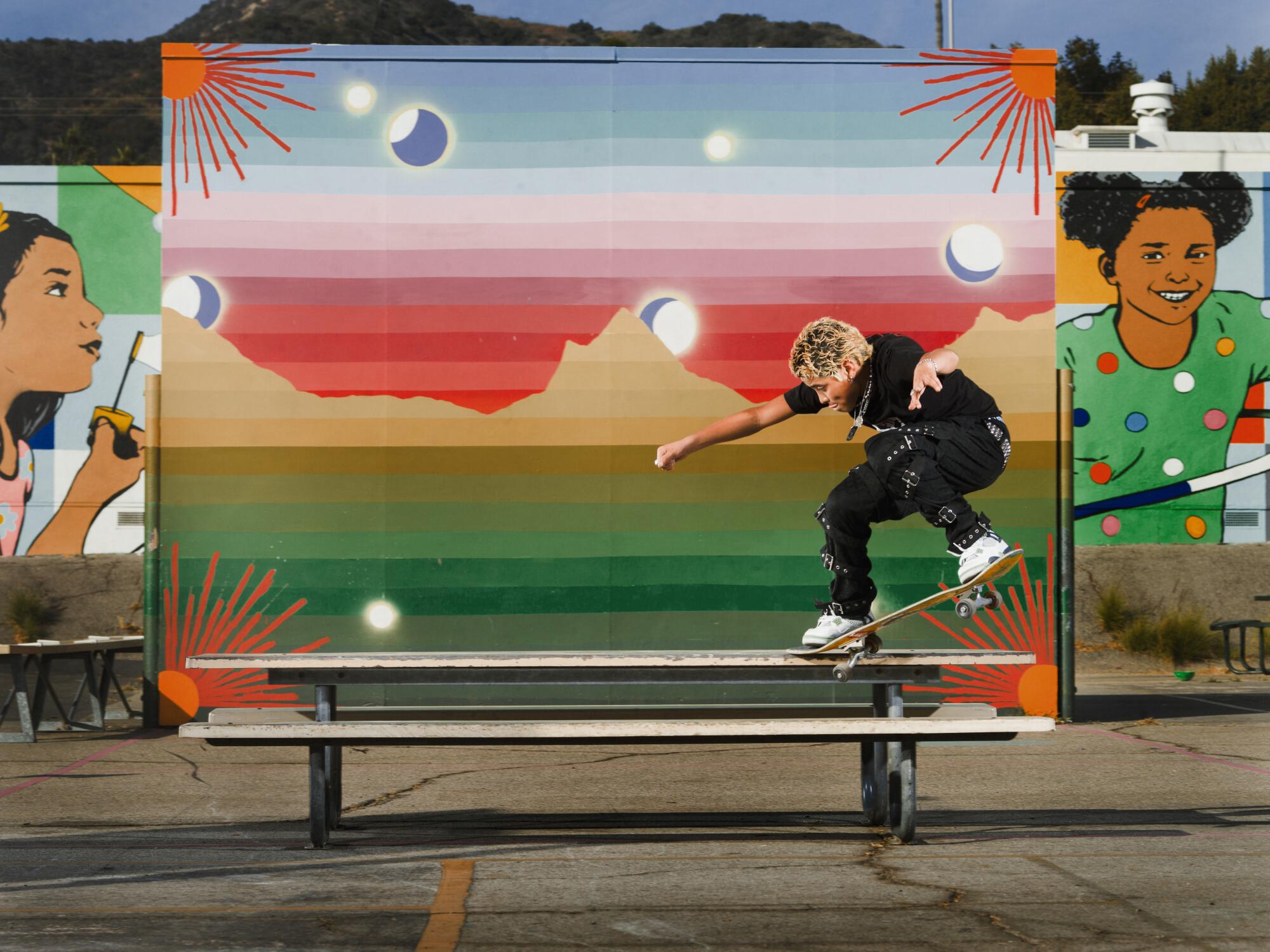
Some might stew over what to do when they meet a wall, but skaters take the hint and make moves. They just hop the fence, and go about their day. Once they’re on the yard, it’s open season — to say nothing of the rollers if they come through.
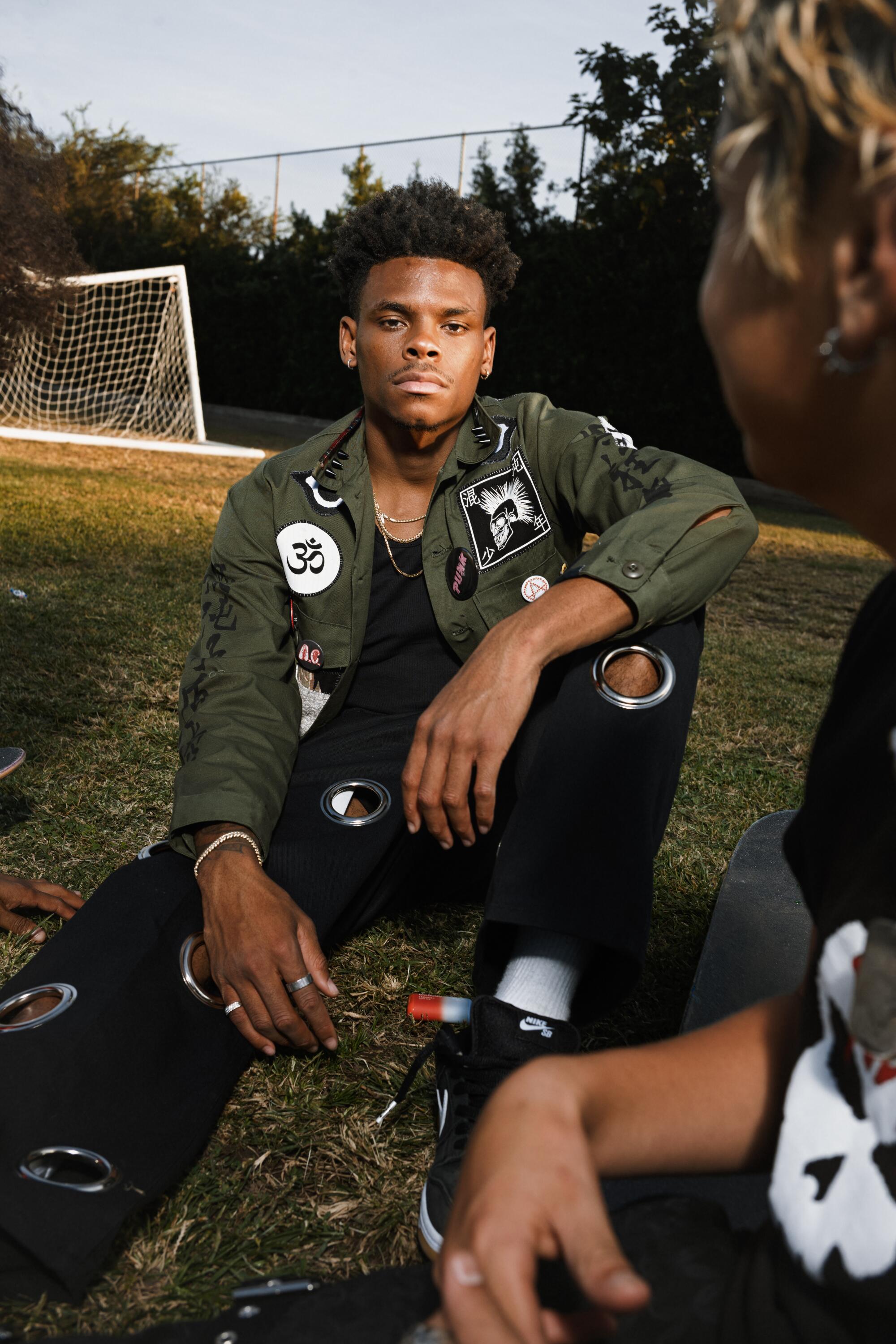
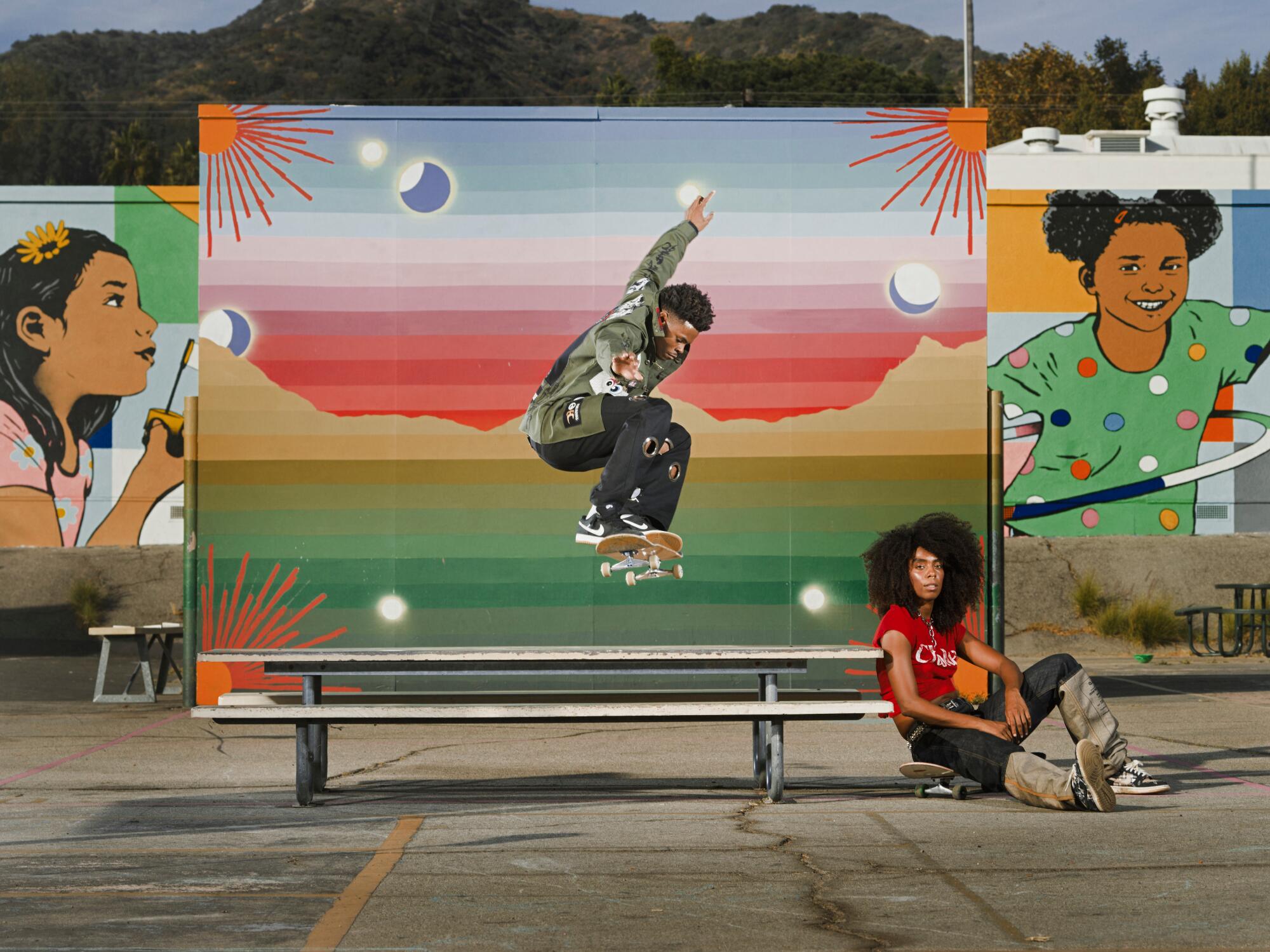
The schoolyard is where chances are taken. Watch a sizzle reel or homemade tape and you’ll understand: Fear has no place on the playground. Making worthwhile art requires sacrifice. The painter risks ego death on the canvas. The welder takes a chance with getting burned. The skater pictures themselves crooked-grinding down a 16-stair after the bell rings or ollieing over a picnic table full of clothes on a sunny Saturday.
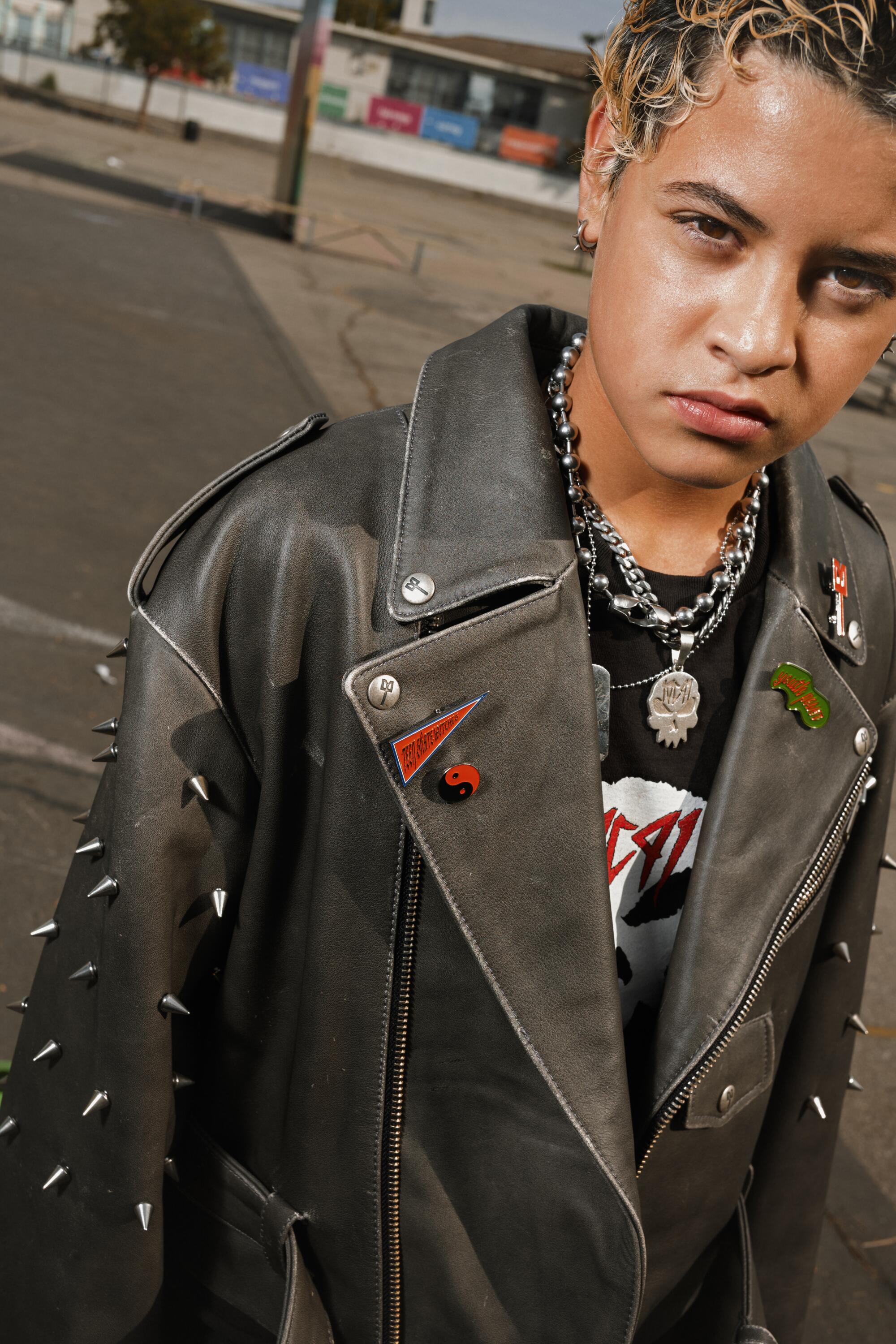
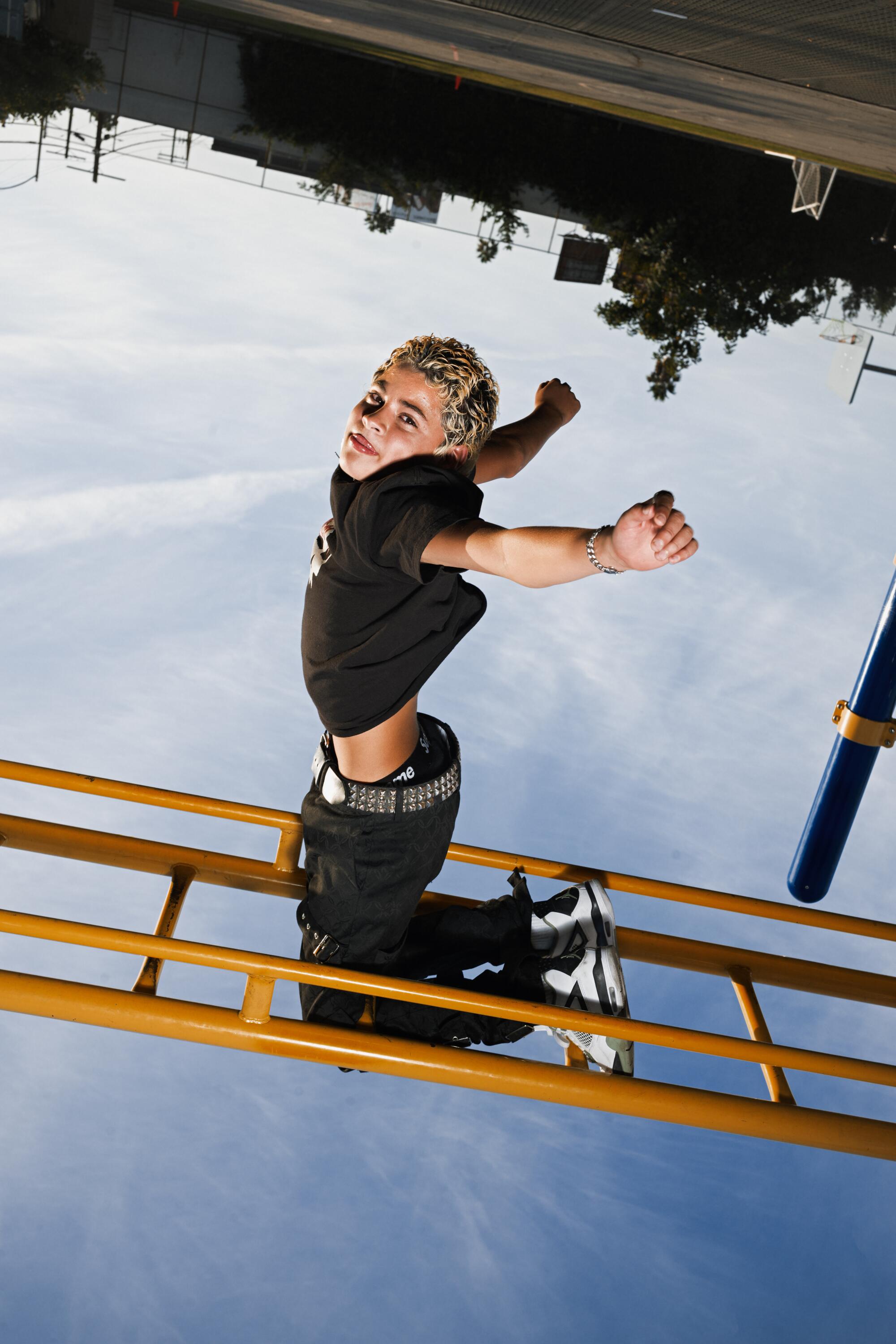
Artists work best when they have some skin in the game. The skater pulls up to show out. When school is not in session, the real session begins.
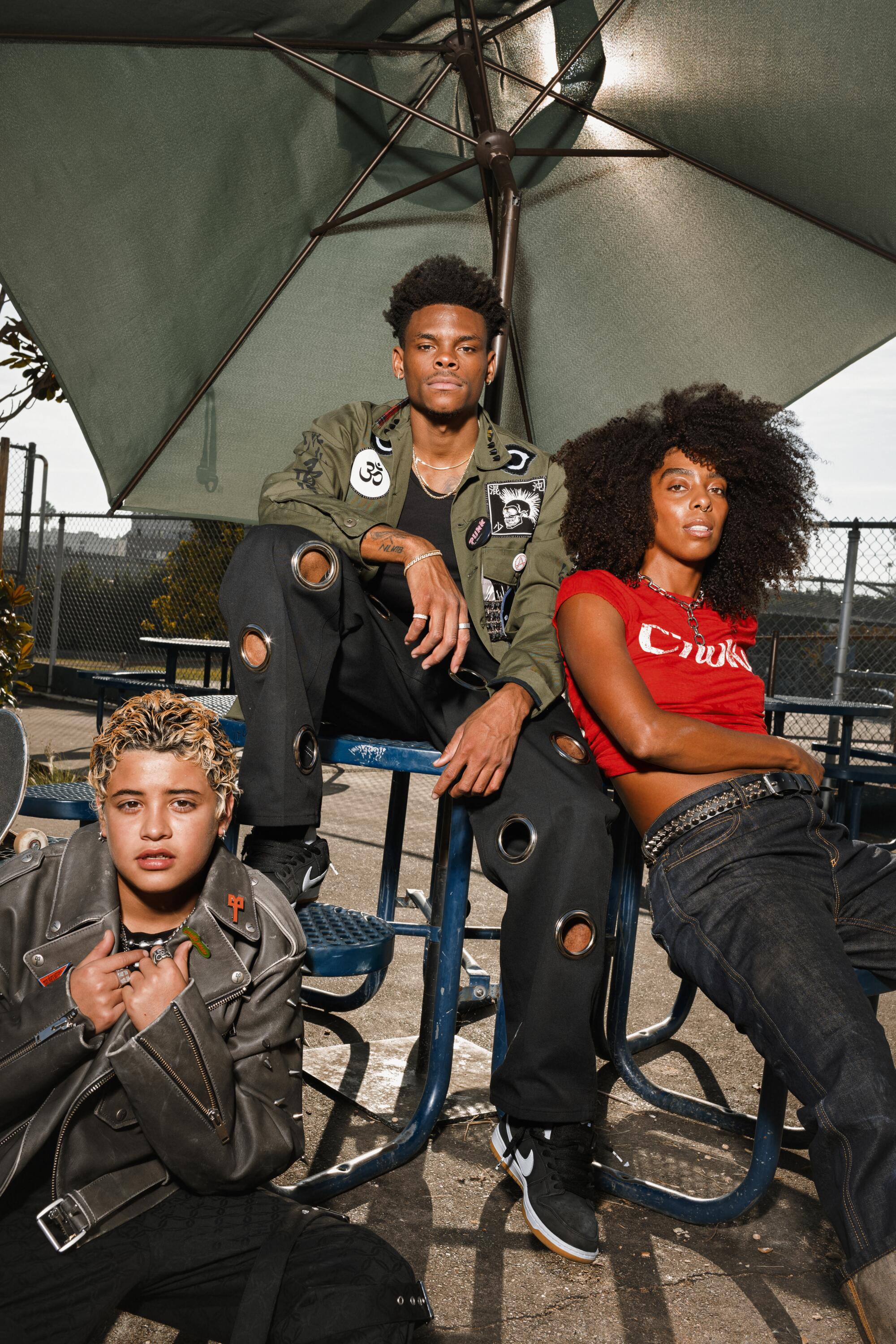
Producer: Ashley Woeber
Models: Junior, Briana King, Robert Neal
Groomer: Stefanie Guerra
Photo Assistant: Aric Van Halen
Styling Assistant: Izzy Hyun

